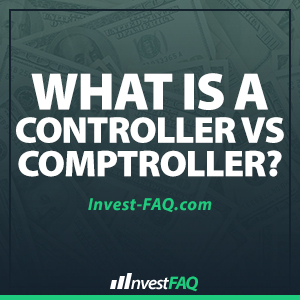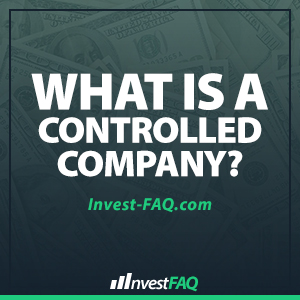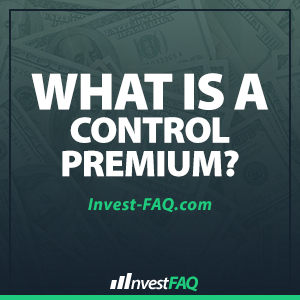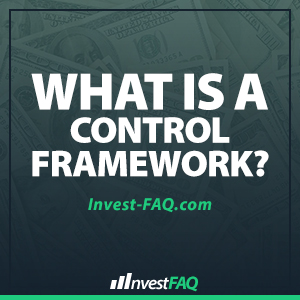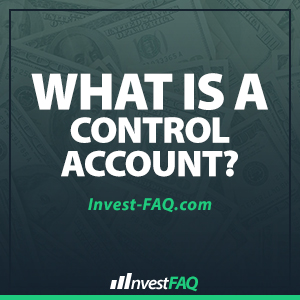Controlling InterestContents A controlling interest is an ownership interest in a business entity through shares, sufficient to dictate the company’s policies, operations, and strategic direction. Typically, this means owning more than 50% of the company’s voting stock, granting the shareholder majority control. In the business context, controlling interest is crucial for strategic decision-making and governance.
What Is a Controller’s Cushion?
Controller’s CushionContents A controller’s cushion refers to the practice of conservatively estimating financial figures or setting aside extra budgetary allocations to mitigate the impact of unforeseen expenses or revenue shortfalls. This financial buffer helps ensure that a company remains on stable financial footing despite unexpected financial challenges. In the business realm, a controller’s cushion is
What Is a Controller vs Comptroller?
Controller vs ComptrollerContents The terms “controller” and “comptroller” often create confusion, but they refer to roles with similar duties: overseeing the accounting operations and financial reporting of an organization. The primary distinction lies in the sectors they serve, with “controller” commonly used in the private sector and “comptroller” in the public sector or governmental entities.
What Is a Controlled Company?
Controlled CompanyContents A controlled company is a business entity in which a significant portion of its voting stock is held by a single investor, family, or small group of investors, granting them substantial influence or outright control over corporate decisions. This control often translates into the ability to direct business operations, financial strategies, and governance
What Is a Controllable Variance?
Controllable VarianceContents A controllable variance is the difference between the actual cost incurred and the expected cost that management had the power to influence or control. It highlights the effectiveness of managerial decisions in budgeting and controlling costs. In business, controllable variance is a crucial metric used by management to evaluate the performance of different
What Is a Control Premium?
Control PremiumContents A control premium is the additional amount an investor is willing to pay over the current market price of a share to acquire a controlling interest in a company. This premium reflects the value of gaining influence over business decisions and operational policies. In business transactions, especially mergers and acquisitions, the control premium
What Is a Control Framework?
Control FrameworkContents A control framework is a structured set of guidelines designed to help organizations establish, assess, and enhance their system of internal controls. It provides a comprehensive blueprint for managing risk, ensuring compliance, and achieving operational objectives effectively. In the business world, a control framework serves as a critical tool for governance, risk management,
What Is a Control Environment?
Control EnvironmentContents A control environment is the foundation of an organization’s overall system of internal control, comprising the policies, procedures, and attitudes that collectively influence how control is exercised and monitored. It sets the tone at the top, affecting the integrity, ethics, and behavior of an organization’s people. In business, the control environment is critical
What Is a Control Cycle?
Control CycleContents A control cycle is a systematic process used by businesses to plan, implement, monitor, and adjust controls to ensure that organizational objectives are achieved and operational efficiency is maintained. It involves a continuous loop of setting standards, measuring performance, comparing results with the standards, and taking corrective actions as necessary. In business, a
What Is a Control Account?
Control AccountContents A control account, also known as a controlling account, is a summary-level account in the general ledger that aggregates the total balances of transactions recorded in subsidiary ledgers. It serves as a way to consolidate and reflect the overall status of detailed financial transactions, such as accounts receivable or accounts payable, without cluttering



